Hæckels 2.0 is revolutionising sustainable skincare
Hæckels 2.0 is launching today. We explore how the brand is reinventing itself and what it means for the future of sustainable beauty
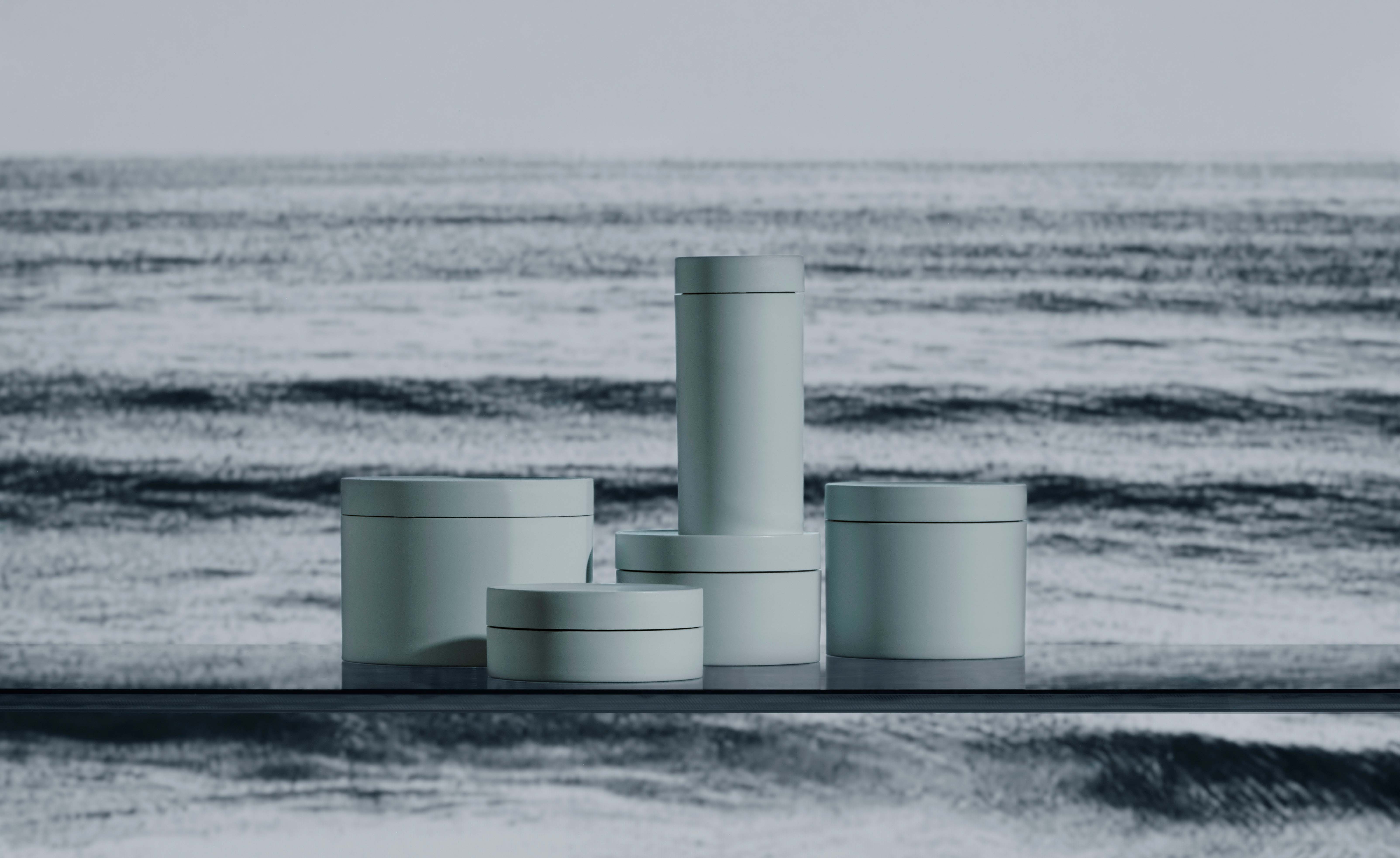
Operating out of a betting parlour-turned-skincare laboratory in the English seaside town of Margate, Hæckels is behind some of the most innovative beauty launches in recent years, including biocontributing mycelium packaging, prebiotic face masks, and odour-eating mushroom and kelp deodorant.
Now the brand is preparing for its most radical launch yet. Hæckels 2.0 will roll out in three phases, with Hæckels Skin and Hæckels Home coming first. Skin will see the brand’s signature skincare formulations, made from seaweed harvested on Margate’s beaches, repackaged in compostable containers, alongside two new offerings – a Prebiotic Cleansing Balm and a lighter version of its Eco Marine Cream.

The balm is a gentle, hydrating cleanser, rich in sterols, ceramides and adaptive prebiotics that allow it to adjust to the specific needs of your skin microbiota. Meanwhile, the new Eco Marine Cream, a lighter version of its best-selling original, is designed to work for all skin types – packed with the brand’s antioxidant seaweed extracts, it can be used as needed throughout the day. And although the packaging of these new products looks and feels exactly like petroleum-derived plastic, the Hæckels Skin containers are made by microbes that are abundant in soil and marine environments.
This revolutionary material, called Vivomer, can be thrown away like ordinary food waste and will decompose without leaving behind any microplastics. The most significant pillar of Hæckels 2.0 will debut in September. Hæckels Lab will introduce a range of laboratory-grown skincare products that challenge preconceived and inaccurate notions of what effective and sustainable beauty entails. Hæckels hopes to upend the misconception that 100 per cent natural ingredients are always better than lab-grown ones, as in reality, lab-grown ingredients tend to be less water- and labour-intensive.

Courtesy of Hæckels
‘I think what makes Hæckels so amazing is that we’re always self-evaluating,’ says the brand’s managing director Charlie Vickery. ‘It’s all about honouring the past, but we can’t pay such respect to the past that we’re unafraid to tear it up.’ Estée Lauder’s recent investment in Hæckels has made this reinvigoration possible and, according to Vickery, it will dramatically increase the impact of Hæckels’ groundbreaking work.
‘Everyone loves what is inside the box,’ says Vickery. ‘But before Estée, we weren’t quite sure how to get that out to more people. If we expand as we are, then it becomes impossibly complicated. Having to manually apply all the labels on the bottles, having to create packaging with lower carbon emissions – all of that becomes difficult on a larger scale. Now that we have the fiscal support to expand, the production time for making Hæckels Skin can be 50 per cent less than our previous production times.’
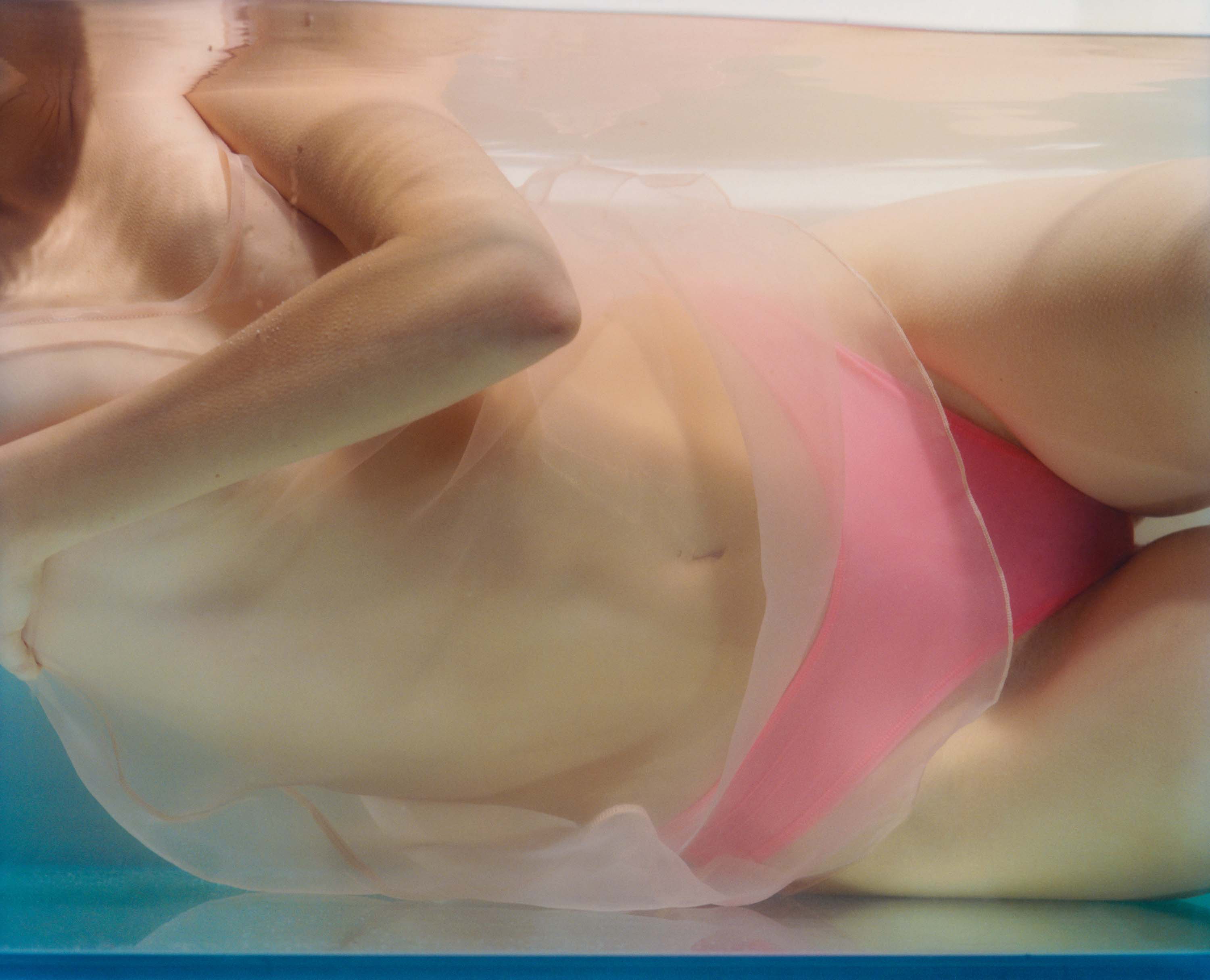
It remains to be seen how any beauty brand can conduct itself in a way that is truly sustainable, especially when there is much debate over what being a truly sustainable brand really means. Brands can either pack it in, hide their failings behind misleading marketing and vague buzz words like ‘clean’ and ‘eco-friendly’, or they can keep questioning, probing and pushing, admitting they need to do better and continually working towards a solution. ‘We need to present a viable alternative that’s scalable and that’s in stock, so we can succeed against our competitors when it comes to sustainable practices,’ says Vickery. After seeing what it has in store, we’re certainly betting on it for a win.
Receive our daily digest of inspiration, escapism and design stories from around the world direct to your inbox.
INFORMATION
A version of this article appears in the August 2022 Design for a Better World issue of Wallpaper*, available in print, on the Wallpaper* app on Apple iOS, and to subscribers of Apple News +. Subscribe to Wallpaper* today!
Mary Cleary is a writer based in London and New York. Previously beauty & grooming editor at Wallpaper*, she is now a contributing editor, alongside writing for various publications on all aspects of culture.
-
 John Costi interrogates his fractured psyche with new Somerset House show ‘Bapou’s Bubbles’
John Costi interrogates his fractured psyche with new Somerset House show ‘Bapou’s Bubbles’The artist discovered his creativity while imprisoned for armed robbery. Now, he’s hosting a surreal performance piece that speaks to the healing power of art
-
 Europe’s auto industry regroups at the Brussels Motor Show: what’s new and notable for 2026
Europe’s auto industry regroups at the Brussels Motor Show: what’s new and notable for 20262026’s 102nd Brussels Motor Show played host to a number of new cars and concepts, catapulting this lesser-known expo into our sightlines
-
 Wallpaper* Best Use of Material 2026: Beit Bin Nouh, Saudi Arabia, by Shahira Fahmy
Wallpaper* Best Use of Material 2026: Beit Bin Nouh, Saudi Arabia, by Shahira FahmyBeit Bin Nouh by Shahira Fahmy is a captivating rebirth of a traditional mud brick home in AlUla, Saudi Arabia - which won it a place in our trio of Best Use of Material winners at the Wallpaper* Design Awards 2026
-
 Discover the vegan skincare brand suited to your skin type
Discover the vegan skincare brand suited to your skin typeOur edit of vegan skincare brands reviews the most effective formulations for every skin type, age, and budget
-
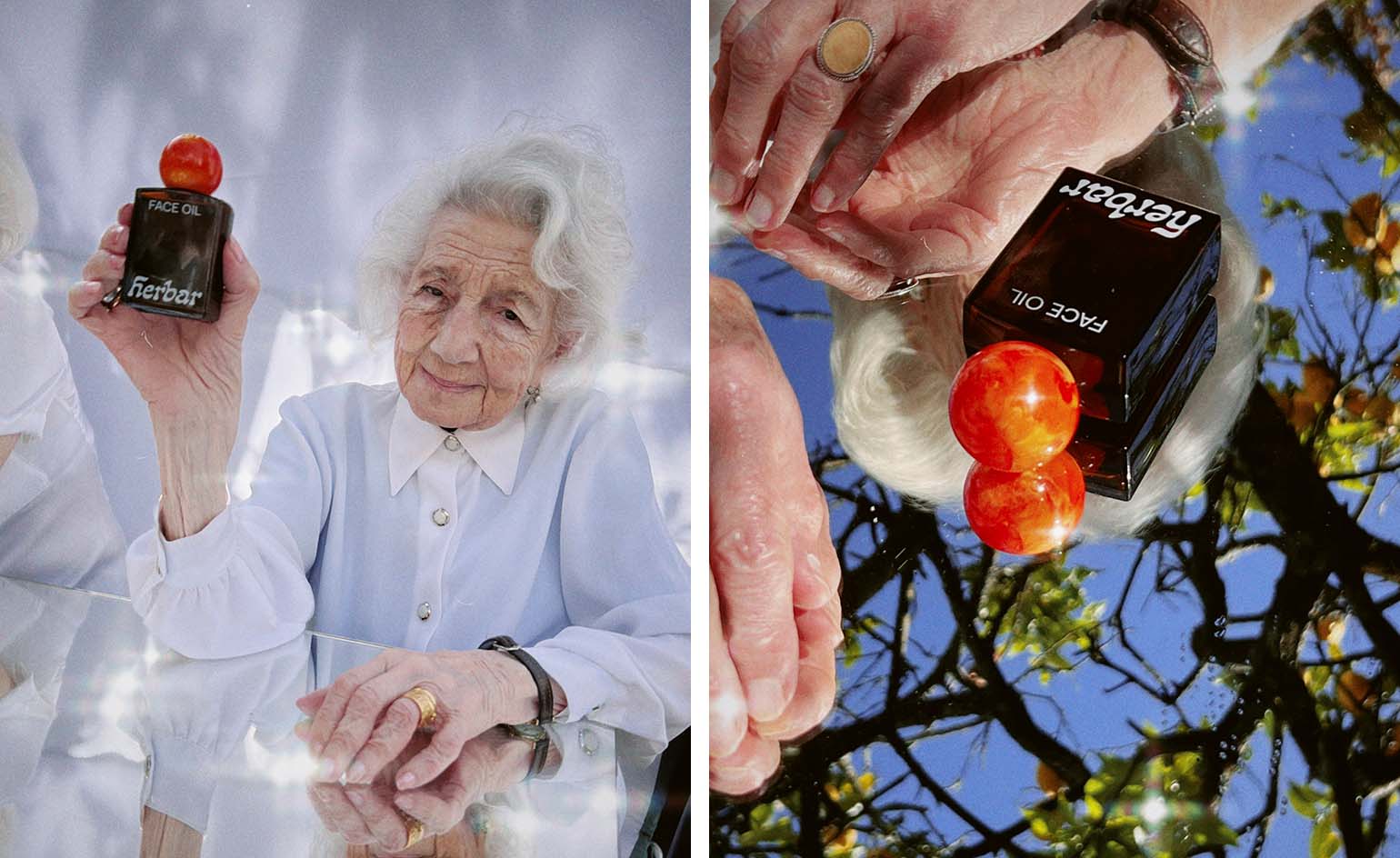 Herbar: new Berlin beauty brand combines art and adaptogens
Herbar: new Berlin beauty brand combines art and adaptogensHerbar is a Berlin beauty line for all ages and skin types that harnesses adaptogenic mushrooms and plants for its products, and local artists for its branding
-
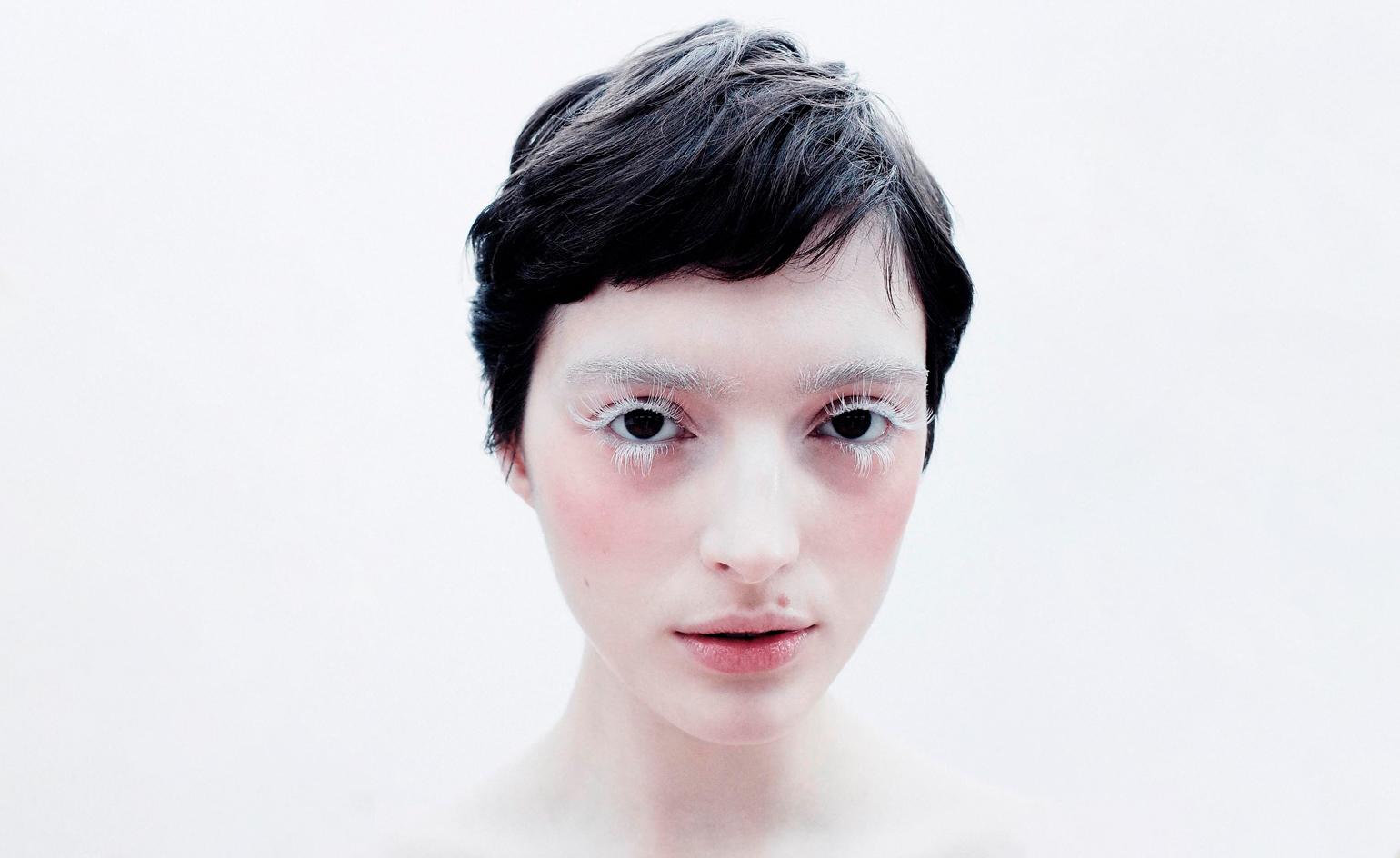 Year in review: beauty & grooming editor Mary Cleary picks top 10 innovations in beauty of 2021
Year in review: beauty & grooming editor Mary Cleary picks top 10 innovations in beauty of 2021From ephemeral tattoos to virtual reality make-up, Wallpaper’s Mary Cleary reveals her top 10 stories of 2021 exploring innovations in beauty & grooming
-
 Sustainable skincare brands: subscriptions to help you and the planet
Sustainable skincare brands: subscriptions to help you and the planetNeed one less thing to think about? Try subscribing to these eco-conscious beauty and grooming services
-
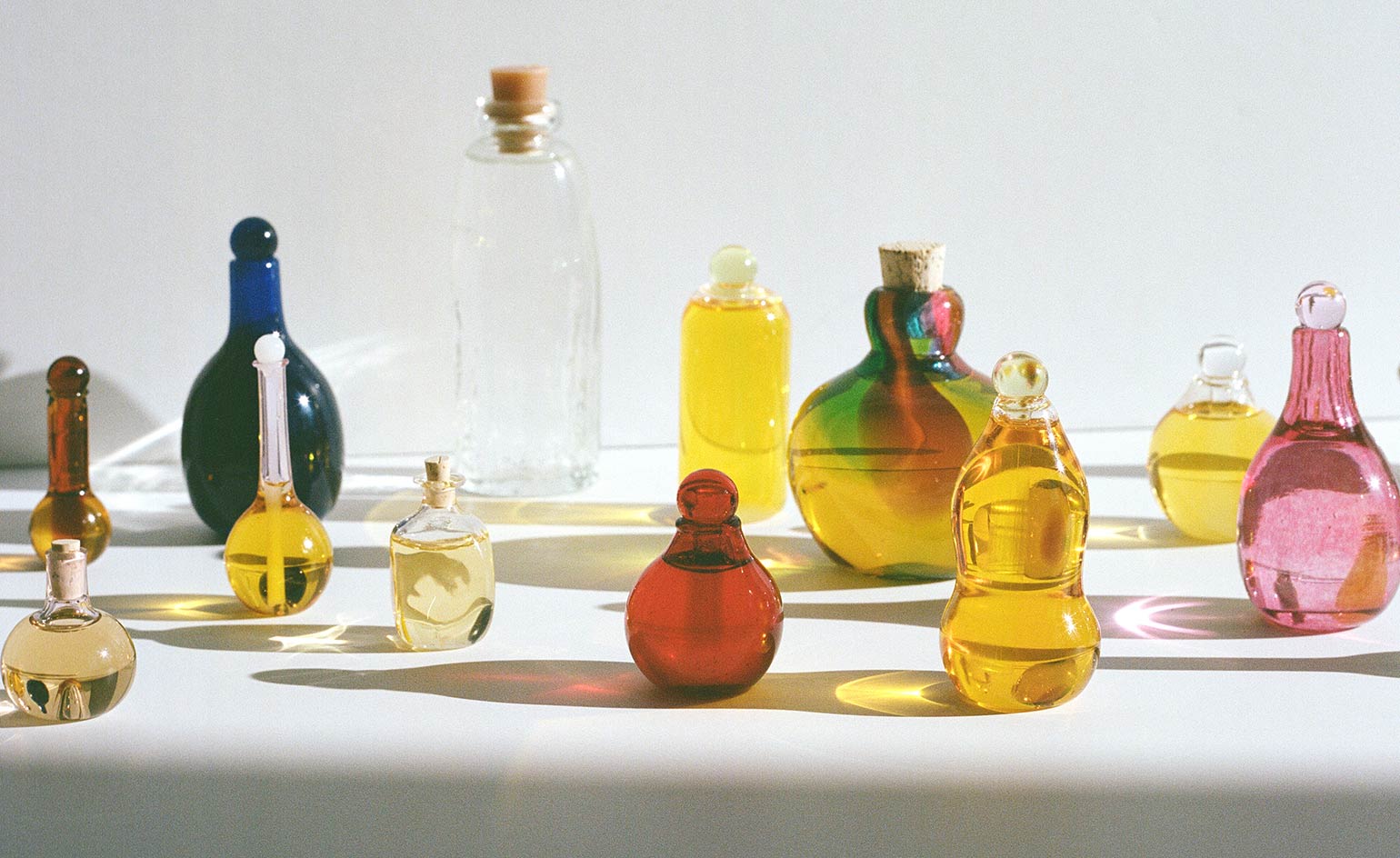 Kindred Black gives sustainable skincare a new look
Kindred Black gives sustainable skincare a new lookKindred Black's Slow Beauty line elevates sustainable skincare to new heights with handblown glass bottles and innovative ingredients
-
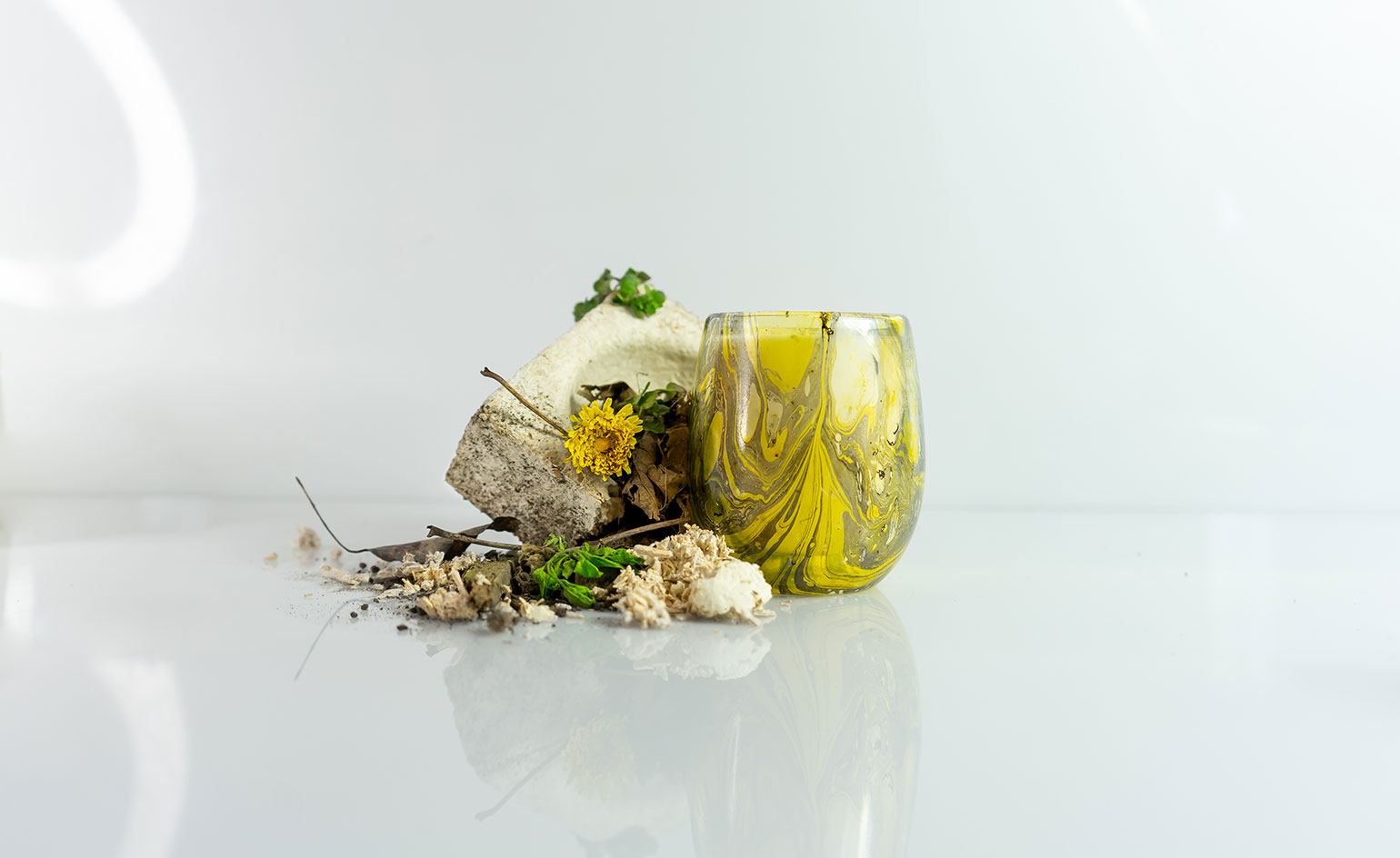 Musician Kelly Lee Owens launches candle with Haeckels
Musician Kelly Lee Owens launches candle with HaeckelsThe electronic musician and English skincare brand create a candle inspired East London's canal with proceeds donated to the restoration of the area's nightlife
-
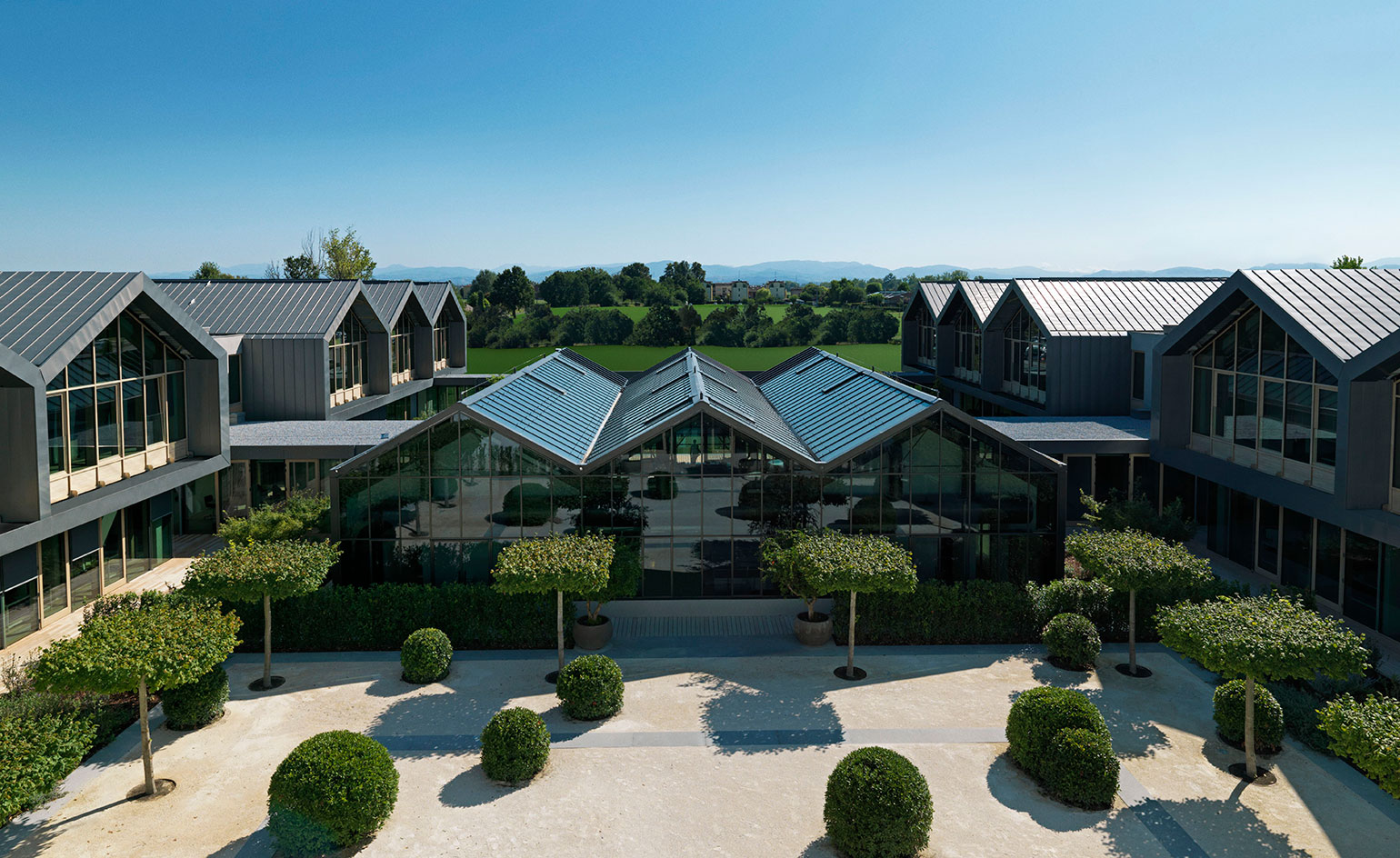 Explore a sustainable skincare village in Parma, Italy
Explore a sustainable skincare village in Parma, ItalyDavines Village in Parma, Italy is an experiment in truly sustainable beauty production
-
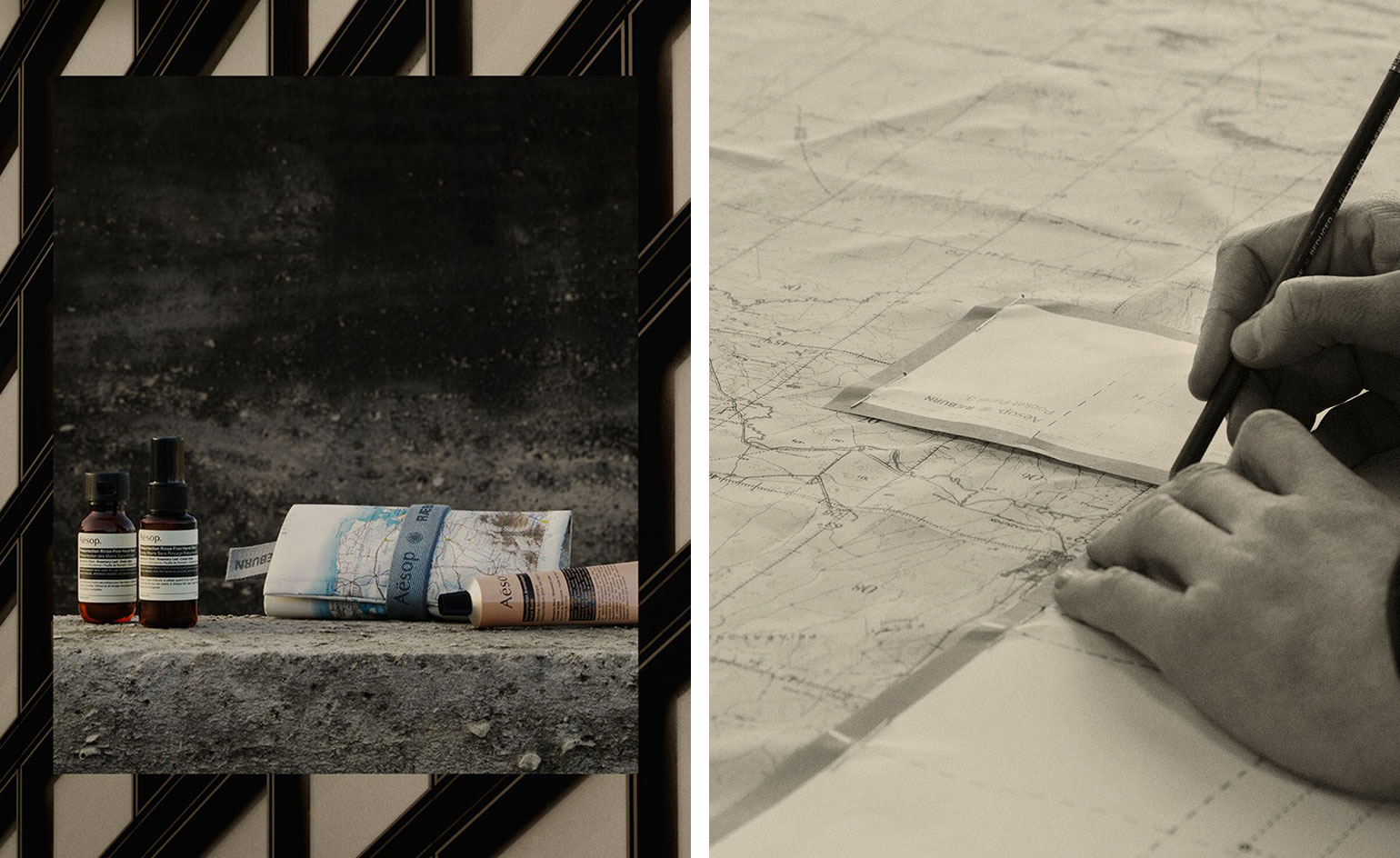 Christopher Raeburn and Aesop redefine adventure for today
Christopher Raeburn and Aesop redefine adventure for todayThe Adventure Roll-Up is a sustainable carrying case for hand care that can be made at home, created by Christopher Raeburn and Aesop